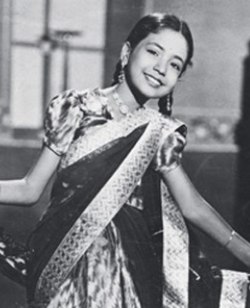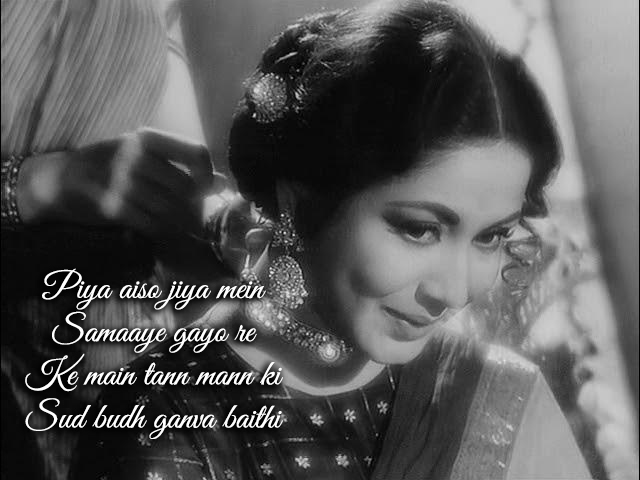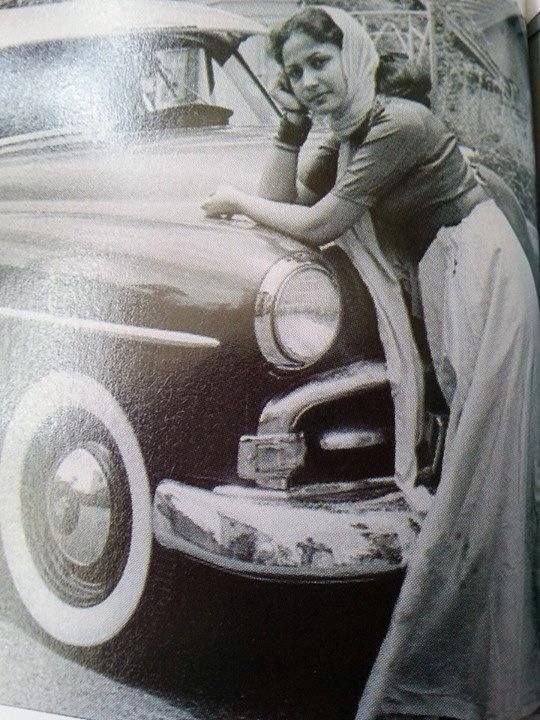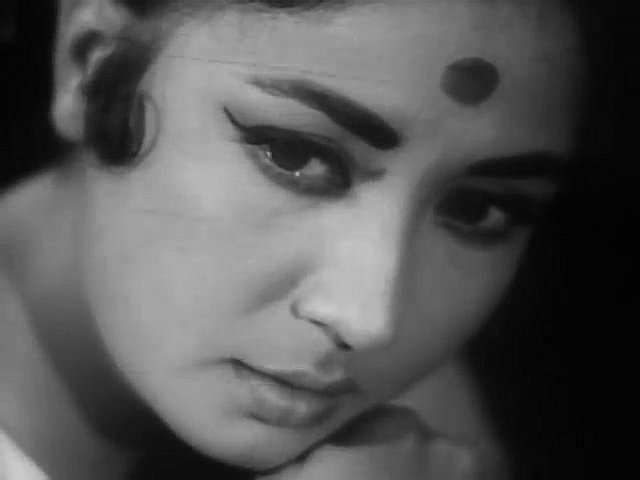1st August – Birth Anniversary
On this day, Nagpur Film Society pays homage to Meena Kumari (born Mahjabeen Bano; 1 August 1933 – 31 March 1972) — the iconic “Tragedy Queen” whose grace, depth, and poetic soul made her one of the greatest actresses in Indian cinema. With over 90 films between 1939–1972, she remains a symbol of emotional authenticity and cinematic poetry.

From Baby Meena to Bollywood Icon
Born into a struggling artistic family in Bombay, Meena Kumari’s life began with hardship. Her father, unable to bear the financial strain, briefly left her at an orphanage but soon returned, unable to separate from his infant daughter.

Starting as Baby Meena at just 4 years old, she appeared in early films like Leather Face (1939) and Bachchon Ka Khel (1946). Her breakthrough came with Baiju Bawra (1952), where she delivered a performance that won her the first-ever Filmfare Best Actress Award in 1954. This marked the beginning of a luminous career filled with powerful portrayals of women navigating love, sacrifice, and societal pressures.
The Masterpieces & The Legacy

-
Iconic Films
Meena Kumari’s filmography boasts masterpieces such as Sahib Bibi Aur Ghulam (1962), Pakeezah (1972), Aarti (1962), Dil Ek Mandir (1963), Phool Aur Patthar (1966), and Mere Apne (1971). In 1963, she made history by being the sole nominee for the Filmfare Best Actress Award, representing all three nominated performances. -
Artistry Beyond Acting
Beyond her on-screen brilliance, Meena Kumari was an accomplished Urdu poet, writing under the pseudonym Naaz. Her poetry, filled with longing and introspection, was later compiled into collections like I Write, I Recite (1971) and Tanha Chand. She also designed the costumes for Pakeezah, showcasing her multifaceted talent.
Fascinating Facts & Anecdotes

-
Record-Breaking Achievements: Meena Kumari’s three simultaneous Filmfare nominations in 1963 remain unmatched.
-
Personal Struggles: Her turbulent marriage to director Kamal Amrohi and subsequent separation deeply affected her, leading to emotional turmoil and alcoholism. She passed away at the young age of 38, shortly after the release of Pakeezah.
-
Iconic Style: A childhood accident left her left little finger crooked, which she discreetly concealed on screen throughout her career.
-
True Pioneer: Despite personal battles, she was an empowered woman who drove cars, practiced Kathak dance, and inspired future generations of actors and filmmakers.
Why We Remember Her

Meena Kumari was not just an actress—she was an emotion. Her ability to channel personal pain into unforgettable cinematic performances gave her an unmatched authenticity. Decades later, her legacy continues to resonate, influencing storytelling and acting styles in Indian cinema.
At Nagpur Film Society, we honor Meena Kumari as the timeless queen of tragedy whose art transformed cinema into poetry.
“Ke Fasaana Ban Gayi Hai, Meri Baat Chalte Chalte …”
Her songs and roles continue to echo through the corridors of Bollywood history.


